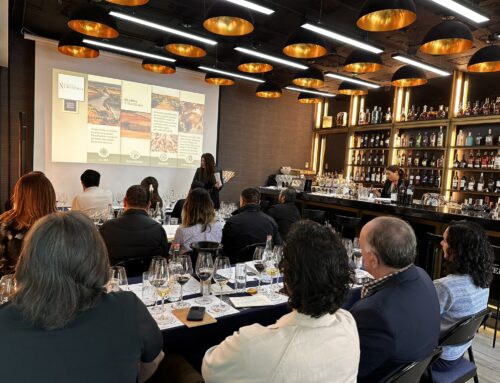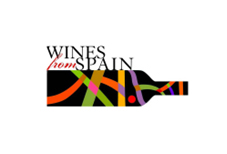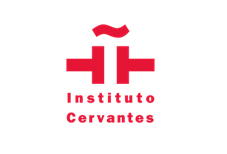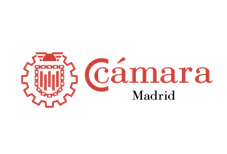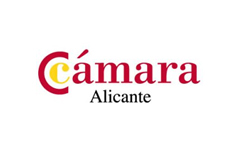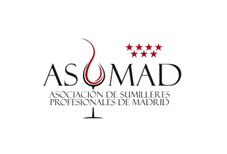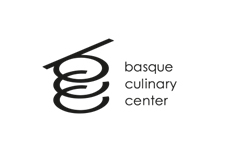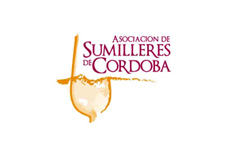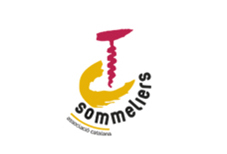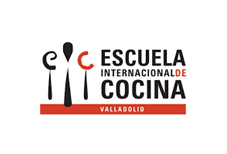Language is fundamental to create an image and to sell. In Spain we use words in a way that is harmful to our interests.
By JUANCHO ASENJO – Article published in 7 Caníbales : https://www.7canibales.com/a-fondo/lenguaje-vino-uso-malo/
When we speak we not only communicate, but we draw borders, we devise phrases that evoke memories. Learning – Aprender – is the act of acquiring knowledge that satisfies our curiosity. Learning is the most underestimated of pleasures where we must delve into the deepest depths. To comprehend – Aprehender – means to assimilate or understand an idea or knowledge completely. Learning is the path, comprehending is the goal.
Aging – Envejecer -, maturing –madurar-, refining –afinar–
In Spain, we use very lightly some words that are never neutral, each one with its own history. Let’s delve into several elusive terms. Let’s start with aging – envejecimiento- where wineries on their websites, winemakers, journalists, critics, tasters or sommeliers use it to refer to the aging of a wine. As we will see, wines do not age in barrels, foudres, tanks or concrete eggs. The definitions of the RAE (Real Academia Española – Spanish Royal Academy) Dictionary, in its latest update, cloud the picture even more because they refer to getting old being synonymous with deteriorating, worsening, spoiling, wasting away… Quite the opposite of what happens when we age a wine.
Our French and Italian neighbors do not fall into this trap because they seek to dignify this important moment. The oft-remembered Beppe Rinaldi explained to me, with much derision as was usual in “ilcitrico”, that wines do not age and people do.
In Italy, wine matures in barrels or botti (foudres). The Transalpine people use the verb maturare to describe this important moment. During the aging time, the wine matures slowly and refines. And the bottle does not age it either, but finishes refining it. The Italians use the word affinare. The words are beautiful and the precision embellishes them even more. The nuances, as the economist Schumacher would say, highlight that “small is beautiful”. The maturation and refinement are a phase of continuous evolution in wood that continues in the bottle. It is the melody of our memory. Affinamento, matturità are beautiful words.
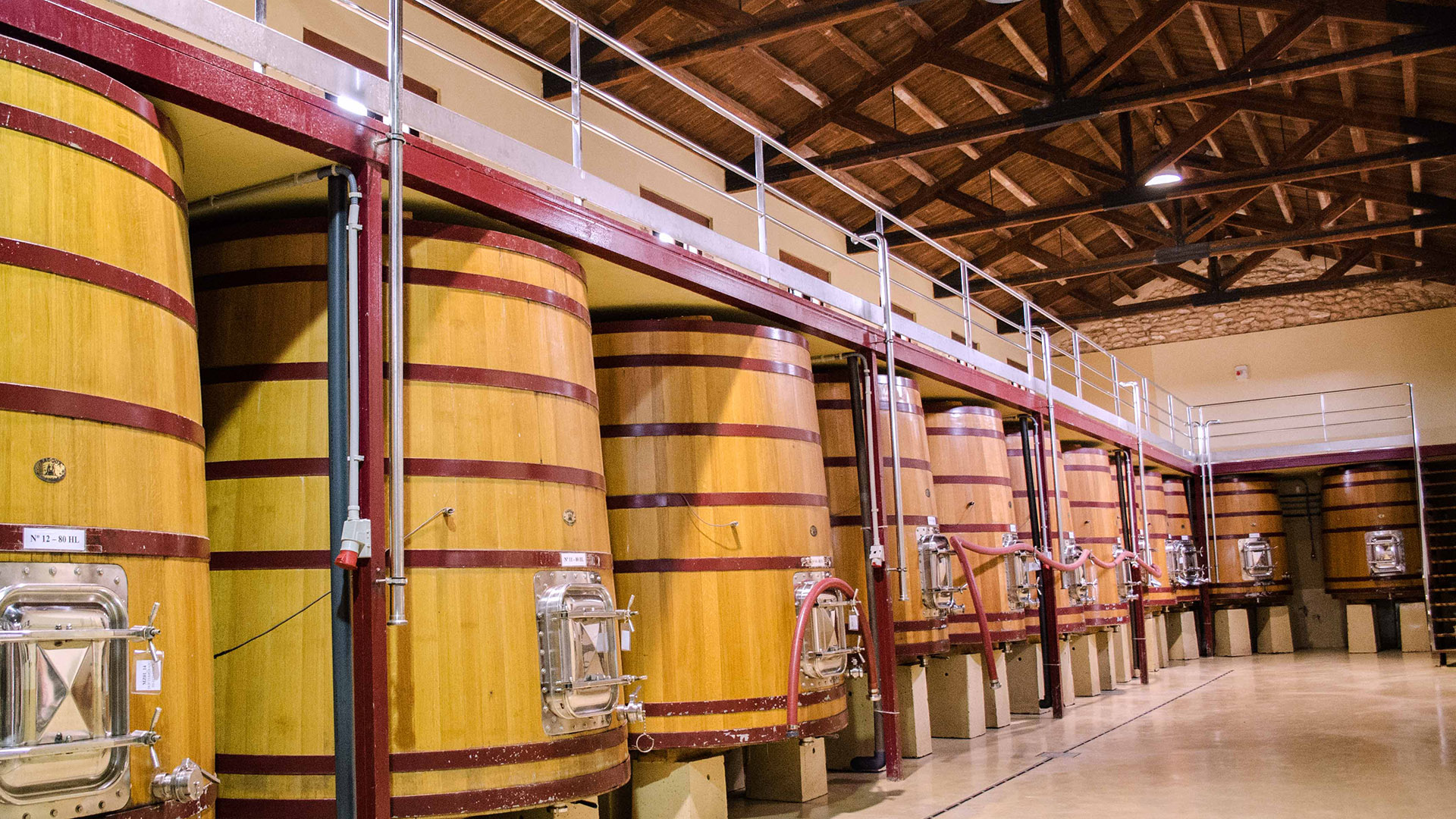
Acacia foudres in Mustiguillo
The French are not far behind. They use élevage or élever to refer to wine aging. But it means much more. It is the pedagogical act that is part of their “education”, because the verb means -also- to educate. Therefore, it refers to maturation and refinement and not to aging. The French go further because the verb also means to elevate. This is also serendipitous since the transformation in barrel is not only to educate or to raise, it also means to elevate to a higher degree.
Aging refers to the ability to last in time. It is the process by which wines are modified, acquiring their own bouquet, it is the experience that wine undergoes after maturation and refinement, passing through education, until it reaches eternity.
Coupage, -cupaje-, -cupatge-, assemblage, -ensamblaje-
Another word that has bad connotations is cupage, coupage, cupatge… Tasting your wine with French professionals, you should never talk about coupage. To them, coupage is for artisans who blend cheap wines, while the artist achieves greatness with assemblage (blending) where he mixes plots, wines or varieties to reach excellence. A chef de cave in Champagne or a maître de chai bordelaise are considered artists performing this magical process that is assemblage. If you mention the word coupage to them, they invite you to leave the way you came.
Cupaje or cupatge is a Gallicism, recently incorporated into the Spanish and Catalan dictionaries, as opposed to ensamblaje, which has been with us for a long time, as the eminent philologist Joan Corominas testifies in his Diccionarios Críticos Etimológicos de las lenguas catalana y castellana (Critical Etymological Dictionaries of the Catalan and Spanish languages). We are facing a dichotomy, a question of quality versus mechanics. Art versus craftsmanship.
Since the creation of the AOCs, rules regulate what winegrowers can and cannot do. In Burgundy, coupage (adding a little water or other wine to increase the alcohol content) is prohibited and wines are made from a single grape variety (pinot noir or chardonnay). Elsewhere, blending to make a wine from different grape varieties is permitted, but only under certain conditions.
Giacomo Tachis, the emeritus Piedmontese winemaker, author of the great Tuscan and Sardinian revolution of the 1980s (Sassicaia, Tignanello, Solaia, Terre Brune, Cervarodella Sala), liked to repeat: “Io non sono un enologo, sono un umilemescolavino”, “I am not an oenologist, I am a humble wine blender”. He boasted of never having made a single-varietal wine.
There was a time when words were a reflection of reality. The language of Cervantes or Emilia Pardo Bazán or Pla or Montserrat Roig are as beautiful as those of Dante, Petrarca or Susana Ginzburg or Moliere, Simone de Beauvoir or Camus. Let’s not be the professionals who denigrate them, we must respect them and use them in the best possible way. Let the powerful music of the voice sound without stridency.

Fuentes del Silencio - Mencía, alicante bouschet, gran negro, doña blanca, palomino, godello and prieto picudo plot
The Greek Stoic philosopher Epictetus said “it is not facts that make men tremble, but words about facts”. We shape reality with words. To paraphrase Socrates “my only certainties are the edge of doubt and the flash of curiosity”. In the globalized world in which we live, there are many contradictory or polysemic concepts and one related to wine that stands out strongly: the idea of autochthonous.
What does autochthonous mean, and do autochthonous varieties exist?
Why is it so complicated to differentiate between native and non-native varieties if the definition of both terms is simple? Autochthonous varieties are those originating in the area, region or country we are referring to, and allochthonous varieties are those that come from outside.
Let’s go with the etymology to see if it clarifies it for us. As highlighted by Corominas, in his Critical Etymological Dictionary and followed by the RAE Dictionary, autochthonous is an adjective that comes from the French autochtone, taken from the Latin atochthony, from the Greek atochthony meaning from the same land. We are already off to a bad start because it is a Gallicism that already appears in French in 1560 and in the Academy of Language since 1884. If it came directly from Latin in Spanish it would be written autóctone. In Portuguese, Italian or Catalan it would also be a Gallicism.
The second meaning of the R.A.E. Dictionary defines autochthonous: “born or originating in the same place where it is found”. With synonyms such as natural, native, original, native, indigenous, aboriginal, vernacular and antonyms such as foreigner, stranger. The definition is cryptic in itself because it does not delimit or specify whether it is native to a people, a region, a city, a country or a continent. The problem is mainly semantic and conceptual. The term endemic acts almost as a synonym or related idea. It refers to “specific and exclusive to certain localities or regions”.
Who decides what is autochthonous and what criteria are taken into account? How long is it necessary to acquire the certificate of autochthonous authenticity, can it only be considered to have been generated in a single place or in several, does its origin have to be specified or is it sufficient that it has adapted and taken root?
For some years now, the idea of defending the autochthonous, that which is considered to be native to each territory, has been constantly in our ears. Can anyone disagree with this? Analyzing the origin of the species that inhabit our planet we can verify that most of them are not endemic or autochthonous… They are not native but come from remote places of the orb. Varieties know no borders, whether real and/or imaginary, created by man.
The vine is not like other species in nature which, when they disappear from an ecosystem, can cause an imbalance. If nature has been balanced by their absence, reintroducing a new breed is not a disturbance. If we take a look at most of the landscapes we enjoy or horticultural crops almost nothing planted was born there: tomatoes, peppers, potatoes, eggplants …, but unlike the varieties no one speaks of foreign species because they have acclimatized over the years. We imported the vine itself at the time, but do we feel it as our own today, or is it not?
Every variety has an origin
Every variety was born in a place, even if we cannot certify that they are native to that territory. Nature is dynamic and not static. Most of the varieties have come from somewhere evolving and transforming from their unknown places of origin. The lines that differentiate the autochthonous from the allochthonous are so narrow that they are confused on numerous occasions, the latter becoming local. As Professor Cabello says, “both the ancestral migratory movements of the varieties, as well as those carried out in recent times, together with commercial exchanges, have allowed the establishment of the most famous varieties in all corners of the world”.
In Spain, there is an official register of commercial varieties in which a distinction is made between those considered autochthonous and those considered foreign. Genetics has clarified the relationships, showing that they become part of the genetic composition as a result of their very long stay in a specific territory.
The word allochthonous is defined by the Union of Academies of the language, in its second meaning as “coming from another country and which has adapted”. The Greeks referred to the barbarians as the inhabitants who arrived in Ancient Greece and did not know the language correctly, but ended up adapting.
Godello in Rueda, garnacha…
The debate that has been unleashed with the approval of Godello among the new grape varieties admitted by the Rueda DO is a constant in the identity war. The Bierzo DO declares that it will take “all necessary measures” against the decision “to follow fashion”. Beyond judging this arrival with an excellent variety such as verdejo, the complaint is not valid. Is godello native to Bierzo or to Ribeiro, Valdeorras, Monterrey or Ribera Sacra or all of Ribera del Sil? Who guarantees and establishes its origin? Both verdejo and godello are born from the cross between savagnin blanc (traminer) and white castellana and could be sisters (Santana).
Where does Grenache originate from? Genetics gives us some precise evidence, but the sites change throughout history. If Grenache originated in Aragon, at a moment in time because it is not certain whether it comes from somewhere in the Mediterranean, it would also be native to Catalonia, Valencia, the Balearic Islands, Languedoc-Roussillon or Sardinia because it belonged to the Crown of Aragon for centuries and it would be allochthonous in the rest of the territories: Australia (although the oldest vines in the world are found there), the Rhone, Gredos, Navarra and so many other wine-growing regions.
I do not know who will be able to convince the producers of Châteauneuf-du-Pape (the first great dry Grenache is from Beaucastel), Cebreros, Rioja (in the Eastern zone since the end of the 19th century and in Rioja Alta since the middle of the 19th century) or Navarra that it is not native if they remember it over generations. Félix Solís proclaims to the four winds that Garnacha is the native variety of Spain. The Almansa DO declares Garnacha tintorera to be its native variety when it is born from a cross in a French laboratory. Why is Cabernet Sauvignon considered foreign in Rioja and not Garnacha? The grape varieties need to acclimatize, like people, and this grape variety has done so masterfully in each of them with its own identity.

Chardonnay plot at Dehesa del Carrizal
There is a current rejection of foreign varieties.
The “international” is not fashionable. It has been excluded from tradition because it clashes with the local. Super Tuscans are among the most expensive and sought-after wines in Italy. In New Zealand, Australia, South Africa, Chile, Argentina, Uruguay or the United States, wines from international grape varieties reach a level on a par with their supposed places of origin. Sometimes we do not sufficiently value what we have. We prefer age to excellence and acclimatization.
Manna Crespan, a researcher at the Istituto Sperimentale per la Viticoltura di Conegliano (Veneto) in a talk in Berlin in 2014, proposed a plausible and logical solution: that we call them local instead of autochthonous because they have become attached to a winegrowing area after time becoming their own. Naturalized varieties are faithful to their origin, but even more so to the roots they have shown over time in their adopted land. Surely they would be a source of pride for their unknown place of origin and are so in the host country. We are all children of miscegenation, therefore, the varieties were once native to a place, while those we know today have adapted.
The discourse of native varieties has no more scope than in marketing, which is why its widespread use is not appropriate. We have reached a false debate: defense of the autochthonous or assimilation of the foreign, should one prevail over the other or are they part of the same thing? We should concentrate on the varieties that have adapted to each territory, expressing themselves with different nuances according to the terroirs, climates or latitudes where they are planted and have learned to live with us instead of fighting with what is supposed to have been or not to have been without scientific certainty.


